
Throughout the centuries, Ely has hosted many who have come seeking refuge—from rebels, to religious pilgrims, to a grumpy Puritan Lord protector.
[caption id="ElyCathedralintheFens_Feature" align="aligncenter" width="600"]
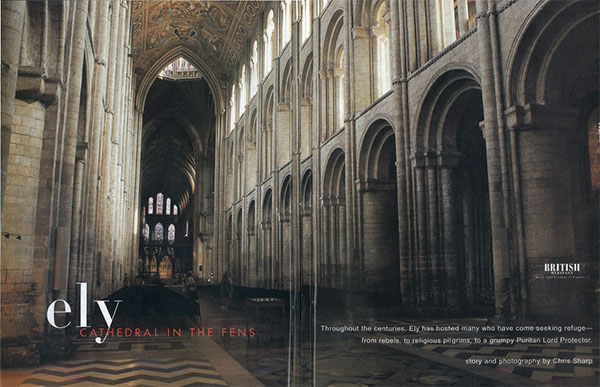
Chris Sharp
[caption id="ElyCathedralintheFens_img1" align="aligncenter" width="533"]
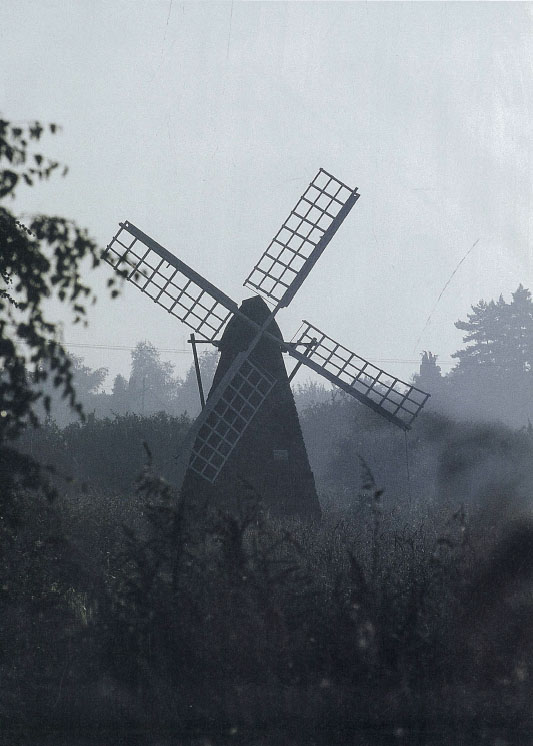
Chris Sharp
[caption id="ElyCathedralintheFens_img2" align="aligncenter" width="148"]
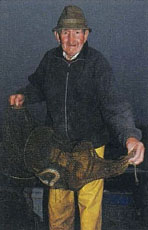
Chris Sharp
Sid merry, the fen’s last commercial eel fisherman, the next morning i set out to explore the fens. guided his skiff along still reflective waters, through the mist and into the reed beds. Our presence disturbed a heron that lifted ungainly into the air, croaked, then disappeared into dense sedge beds. This was perfect, exactly as I had expected early mornings to be in England’s Fen country. Dense mist covered everything in fine dew and concealed the area’s many secrets.
Through such mists Queen Etheldreda, cowled and bent against the chill damp air, led her small entourage along a Roman causeway to Ely—the Island of Eels—where she founded an abbey that matured into England’s second wealthiest cathedral. A similar mist veiled Hereward the Wake’s escape from Ely into the surrounding dykes to continue his guerrilla attacks against the Normans.
Splashing sounds pulled me from this historical revery. Sid was lifting his eel nets from the dark waters and slipping squirming brown eels into a barrel. He transports live eels to London, where they are served as a smoked delicacy or made into a gourmet pâté. Sid, eyeing his catch of two dozen eels, turned the skiff towards his Ely home, saying, “The fishing’s been slow lately.”
Ely emerged out of the dispersing mists, a dark dome of land capped by a giant cathedral. From water level, I could see why the cathedral, with its numerous towers and turrets, is often called, “the ship of the Fens.” Ely was originally an easily defended island in a vast area of lakes, meres, and marshes. Today it is a small market town presiding over a rich agricultural region, and it has a fascinating history.
Exchanging farewells with Sid, I contrasted the agreeable modern waterfront of pubs and restaurants with that of medieval times. In those days it would have hummed with the banter and barter of traders selling not only eels but also roach, carp, bream, fowl, eggs, and other wetlands produce at this early hour.
With this medieval vision in mind, I walked across Dean’s Meadow towards the cathedral. The path passed below an ancient mound that once held a castle and a windmill. I turned past the Porta Gates, built in 1396, and into a lane between the honey-coloured buildings of the medieval Bishop’s Palace—a magnificent approach to an imposing cathedral.
seventh-century ely lay within the kingdom of the East Angles, ruled by King Anna. Etheldreda, Anna’s pious daughter, had opted for a religious life, but her father forced her into two political marriages: first to the local prince, Tonbert, who upon his death bequeathed Ely to his wife; then to Northumbrian Prince Egfrid. Both marriage contracts recognized Etheldreda’s piety and prohibited full marital consummation. Ultimately this did not suit Egfrid, so Etheldreda fled south to Ely and founded its abbey in AD 673.
The abbey accrued great wealth from its lands and from pilgrims visiting St. Etheldreda’s shrine. Ely’s, island defences could not withstand marauding Vikings, who repeatedly sailed their longships up the River Ouse to plunder the a Anglo-Saxons used the island for several years to resist the Normans. Then in 1080, Simeon, a relative and appointee of William the Conqueror, started to transform the abbey into a magnificent cathedral, an icon of Norman architecture and authority.
like many cathedrals, ely is a cornucopia of architectural styles.
[caption id="ElyCathedralintheFens_img3" align="aligncenter" width="370"]
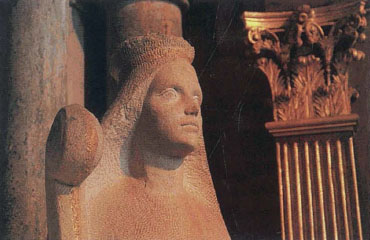
Chris Sharp
[caption id="ElyCathedralintheFens_img4" align="aligncenter" width="154"]
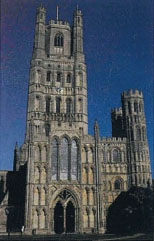
Chris Sharp
[caption id="ElyCathedralintheFens_img5" align="aligncenter" width="600"]
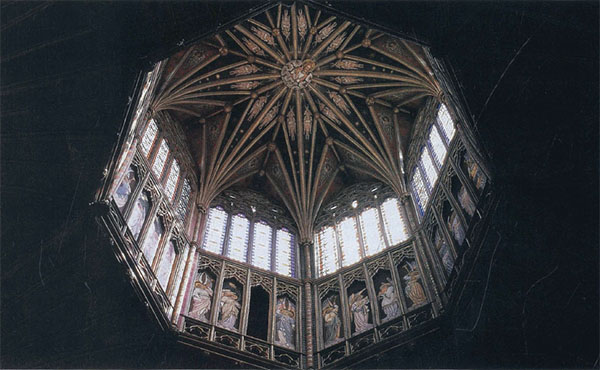
Chris Sharp
[caption id="ElyCathedralintheFens_img6" align="aligncenter" width="152"]
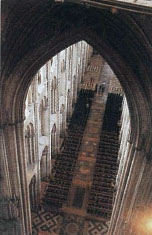
Chris Sharp
[caption id="ElyCathedralintheFens_img7" align="aligncenter" width="370"]
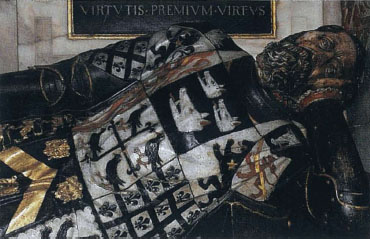
Chris Sharp
Like many cathedrals, it is a cornucopia of architectural styles. Much of the fine Norman architecture is still there. The north-west corner’s exterior walls are a delightful assembly of decorated Norman arches whose incised bricks present a pleasing pattern of shadow and light.
Entering the cathedral, having crossed a floor maze designed to confuse any evil spirits endeavouring to enter this hallowed place, I came into an awesome nave. Three tiers of Perpendicular Norman arches endow the cathedral with a feeling of great length, height, and space. Visitors can gaze up at the nave’s impressive 19th-century wooden ceiling, richly decorated with biblical scenes. The knowledge that these paintings were created by two local amateur artists, who, like Michelangelo, executed their work in primitive conditions, contributes to the sense of wonder they inspire.
The altar’s octagon shape and an overhead lantern that floods the area with light enhance the cathedral’s spatial quality. This area demonstrates that not al1 ecclesiastical construction runs smoothly. In 1322 the original Norman tower was in danger of collapsing. To avert this disaster, Alan de Walsingham, the cathedral’s sacrist, working with William Hurley, Edward III’S master carpenter, designed and constructed Ely’s unique Octagon Tower.
walsingham and hurley opened up the traditional four-sided tower into an octagon. Then they constructed the lantern to bring light to the altar. As seen from the altar floor, the grandeur of this concept overwhelms: light streams through stained-glass windows topped by bright wooden paintings. The scale was difficult to judge until I realized that the apparently minuscule central boss at the lantern’s apex, depicting Christ in Majesty, is life sized.
My appreciation of this medieval engineering masterpiece leapt to another level when, several minutes later, after a very steep and tight climb, I arrived panting at the lantern’s gallery and peered down on the altar from a dizzying height. Here amidst massive oak timbers I looked across a vast space, above a 142-foot void, at Victorian paintings whose vibrant colours reflect a medieval style.
Present-day visitors to Britain’s splendid cathedrals, with their soaring arches, fluted columns, and intricately carved stone altars, can easily forget they were not always grey-stoned edifices, but were once brightly coloured.
Back at floor level, I passed through Etheldreda’s Chapel, with its appropriately simple sculpture of the venerated Queen, and entered the Lady Chapel. Delicately carved tracery rings this light space, built between 1321 and 1349 to honour the cult of the Virgin Mary. In the 14th century this space would have been flooded with coloured light from stained-glass windows, and al1 the tracery-and the numerous niches’ decapitated figures would have been brightly painted. An example of a fully painted figure still stands in the cathedral’s south choir.
The south choir also houses several tombs with effigies elegantly leaning on their elbows. Some of these tombs contain ancestors of Ely’s most famous citizen—Oliver Cromwell, who would have approved of the Reformation’s destruction of religious art.
In the cathedral’s south triforum, the Stained Glass Museum displays 1,300 years of British stained-glass windows. The colourful exhibits trace the art’s evolution from early painting of biblical scenes on glass, to complex 16th-century heraldic displays on chemically fired glass, to floridly etched glass from the Victorian Arts and Crafts movement.
leaving the cathedral, I headed toward the remains of the infirmary, originally built to a church design with a nave, aisles, and a chancel. This area once included a hostelry for visiting dignitaries and 1 accommodation for the sick as well as aged monks. Part of the complex, the Black Hostelry takes its name from the black habits worn by the visiting Benedictine monks who lodged here.
[caption id="ElyCathedralintheFens_img8" align="aligncenter" width="600"]

Chris Sharp
[caption id="ElyCathedralintheFens_img9" align="aligncenter" width="371"]
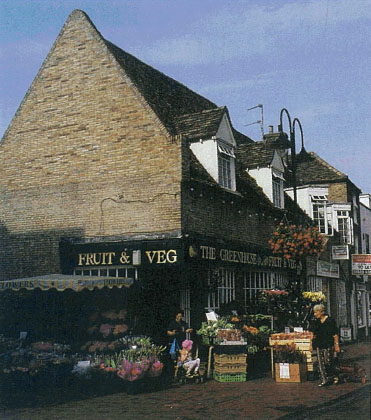
Chris Sharp
[caption id="ElyCathedralintheFens_img10" align="aligncenter" width="373"]
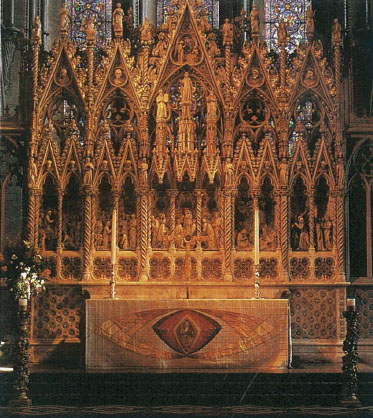
Chris Sharp
Ely lies about 15 miles north of Cambridge. Regular trains run between Ely and Cambridge with two to three departures per hour. The journey takes about 20 minutes and costs £3.40 round trip. There is also regular train service from London’s Kings Cross Station every hour (Mon-Sat) for a journey of just over an hour. A round trip ticket costs £19.
Ely Cathedral opens 7 am-7 pm in the summer and 7.30 am-6 pm in the winter. On Sundays the cathedral closes at 5 pm and entrance is free, but access is restricted during services. During the week, entrance costs £4. Regular guided tours of the towers cost £3; on a clear day the views from the towers over the Fens district are superb.
The Stained Glass Museum is in the cathedral but can be visited separately from the cathedral. Hours:10.30 am-3.30 pm Mon-Sat, and Sun from I pm. Admission: £3.50. The museum offers very good courses on stained glass window art Tel: 01353 660347.
Cromwell’s House, which is also the Tourist Information Centre, opens 10 am-6 pm every day in the summer. Winter hours are 10 am-5.15 pm. Admission: £3:50. The staff in the tourist office are very helpful. Tel: 01353 662062.
The Town Museum, located in Ely’s Old Gaol, also deserves a visit. It features some grim displays of how saboteurs of the Adventures’ draining scheme were treated. Hours: 10 am-6 pm. Admission: £2.
The Tourist Office and the Town Museum offer discount tickets to these four main attractions for one fee of £9.
To visit Wicken Fen or Prickwillow, a car or taxi is best. The Prickwillow Drainage Engine Museum is run by volunteers, so opening hours vary. Check with the Tourist Information Centre before you visit. Admission: £2. Wicken Fen is open all year from sunrise to sunset The visitor centre opens daily, 10 am-5 pm. Admission: £3.80.
Ely is a market town whose market days are Thursday and Saturday. The town also has many antiques shops.
A visit to the cathedral and all the museums is probably too much for a day. The Lamb Hotel has rooms from £50 per person including breakfast. It has an excellent restaurant which offers a good a la carte or set dinner menu. B&Bs typically charge £25-£30 per person per night. The city features several good restaurants. For an enjoyable lunch experience, try the Almonary in the Abbey’s old undercroft (on fine days the garden is very pleasant too). Other dining options include the Maltings and the Cutter pub, both down on the waterfront
The Norman arches that once lined the nave still stand, but the roof is gone, so that the nave now functions as an open-air passage called Firmary Lane. I viewed the last arch with interest. Was it from here that Hereward the Wake fled when he learned of his betrayal to the besieging Normans? Despite William the Conqueror’s victory at Hastings, the Anglo-Saxon populace was understandably reluctant to enter serfdom, and they ardently resisted. The Isle of Ely, with its extensive watery surrounds, was the last English region to defy the invaders.
Hereward’s story is one of those pleasures of travel: a good tale wrapped in a mix of myth and reality. He conducted guerrilla attacks on the Normans from his base in Ely and used his knowledge of the surrounding Fens to great effect in inflicting minor, but irritating, defeats upon the Normans. Ultimately some monks accepted bribes to guide the Normans into the besieged city. Forewarned, Hereward escaped into the surrounding Fens from where, according to legend, he continued to harass the invaders. By the 13th century, tales of his exploits had become exaggerated, making him an Anglo-Saxon folk hero.
I next strolled across the cathedral close, past a Russian cannon captured during the Crimean War and presented to the city by Queen Victoria, to Cromwell’s House, now a museum and Tourist Information Centre.
Oliver Cromwell lived here from 1636 to 1647. He inherited the house from his maternal uncle, Sir Thomas Steward. The museum’s informative eight rooms do not dwell on Cromwell’s remarkable’military an political achievements. Instead the museum presents intriguing snippets of the life of a caring family mán who established the base of Britain’s Parliamentary democracy.
Cromwell was a Puritan with a strong socio-political philosophy, who opposed the unchecked power of the established Church, particularly as vested in the bishopric and the monarchy. The museum reveals a m n of apparent contradictions, strong yet indecisive, a complex personality whose procrastinations reflected an educated but thoughtful desire for justice.
I imagined Cromwell sitting at the kitchen table, surrounded by hanging hare and duck, eating his favourite marrow pudding while reading state papers, or grappling with the intensely moral issues of political power. Benedictine chants emanating from the cathedral may have disturbed his contemplations, provoking him to look through the window at the cathedral, whose lavish services he despised. In 1644, after Bishop Wren and Choirmaster Hitch ignored his instructions “to cease the unedifying and offensive chanting and inadequate short sermons,” he closed the cathedral for 17 years.
From Po man times until the 7th century people tried, unsuccessfully, to drain the marshland. Then Charles I, supposedly concerned for his subjects’lives in damp hovels, proposed draining the Fens. Charles commissioned the Company of Adventures, a wealthy syndicate led by the Earl of Bedford, who employed the Dutch engineer Vermuyden to direct the work. Local people, suspicious of the King’s motives, conducted a stealthy sabotage campaign, destroying dykes and equipment.
Though the King’s plan ultimately succeeded, it had an unforeseen consequence. The dry land shrank and sunk. I could clearly see the results while driving on an embankment-top road to the village of Prickwillow. The dark, peaty fields clearly lay below water level. Water now has to be pumped up into the rivers. Prickwillow’s Drainage Engine Museum has an excellent display of machines-from windmills, to diesel engines, to contemporary electric pumps-that for three centuries have worked to keep the land dry.
I was curious to know how the country looked prior to draining. At Wicken Fen, England’s oldest nature reserve, some 600 beautiful, soggy acres show how the region once looked: alder thickets, dense sedge beds, and long water dykes filled with plants.
Geography so often drives history. In this wildlife-rich habitat, Etheldreda found sanctuary. Her people lived off a bountiful waterland where Sid’s ancestors fished for nutritious eels.
Returning to Ely, I slipped into the cathedral for Evensong via the Prior’s Door, where a 12th-century lintel depicts Christ, held aloft by archangels, blessing the creatures of the universe. In my mind these creatures were gloriously coloured, and the Evensong changed to Benedictine chants that filled the cathedral’s great spaces; a former neighbour might have disapproved, but I enjoyed’the experience.





Comments